Financial Fitness Explained: The 6 Pillars You Need for a Healthy Money Life
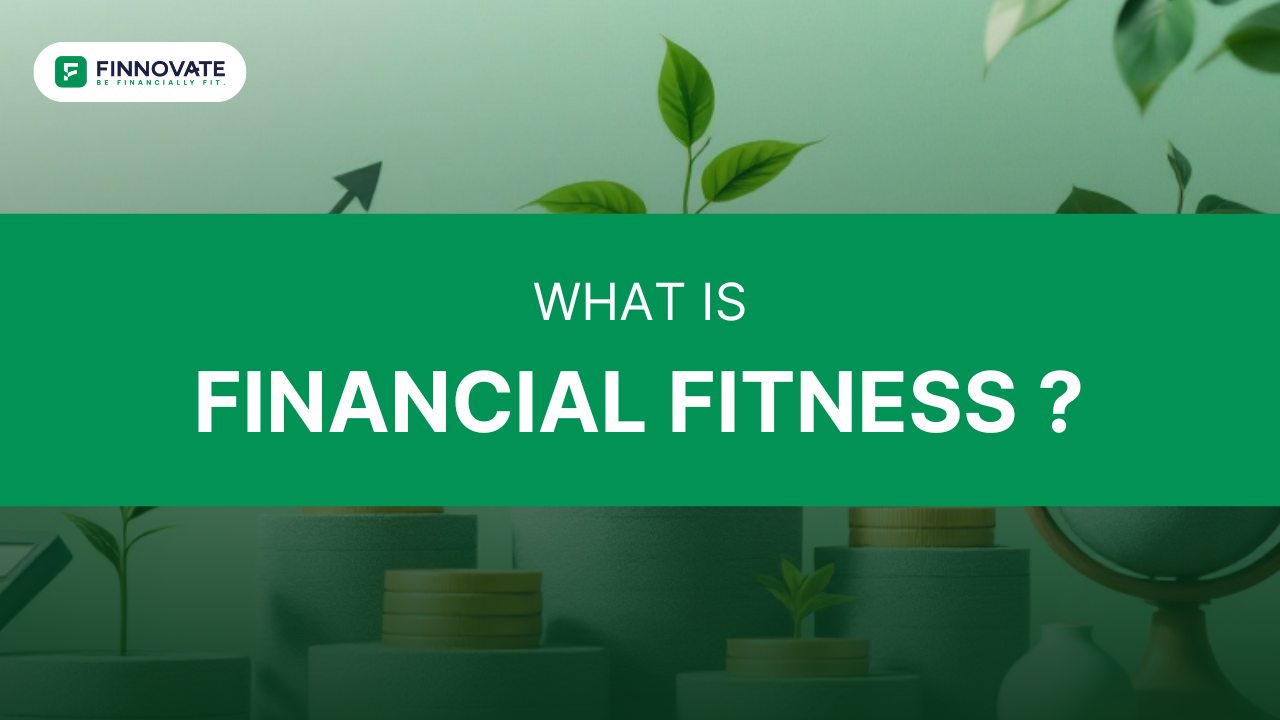
By

Let’s face it: money isn’t the easiest thing to talk about. For many of us, managing finances feels like trying to solve a Rubik's Cube in the dark. But here’s the truth: financial fitness is as essential as physical fitness. After all, what’s the point of doing yoga every morning if your bank account is doing the splits?
In this blog, we’ll demystify financial fitness and walk you through its six pillars. Think of these pillars as your financial wellness foundation—keeping you balanced, secure, and ready for life’s curveballs.
Just like physical fitness not only protects us from ailments but also helps us stretch beyond our limits to achieve the extraordinary, financial fitness does the same for your money. It enables you to handle life’s twists and turns without breaking into a cold sweat over your bank balance. But more than that, it’s what helps you chase your dreams—whether it’s buying that dream house or retiring early to sip coffee in the mountains. Financial fitness holds the key.
Now, here’s the catch: just like building physical fitness requires discipline, patience, and habits that last a lifetime (yes, skipping leg day is a big deal), financial fitness is also a lifelong journey. You need to consistently make smart money moves, stay adaptable, and keep your eye on the prize. There’s no shortcut, but the results? Totally worth it.
Imagine your finances as a car. Financial fitness ensures you’ve got enough fuel, the tires are pumped, and you can handle a few speed bumps without breaking down.
Because the alternative is living paycheck to paycheck, dreading unexpected expenses, and maybe eating instant noodles more often than you’d like. Financial fitness gives you control, confidence, and options—whether it’s retiring early, sending your kids to college, or taking that dream vacation.
Think of this as your financial GPS. Without clear goals, you’re just driving aimlessly, burning fuel (and money).
Example: Want to buy a house in five years? That’s your destination. Saving for your kid’s education? Another pit stop.
Here’s the kicker: goals need to be specific. Instead of saying, “I want to save,” say, “I’ll save ₹10,000 every month for a down payment by 2029.” Boom! Now you’ve got a roadmap.
Budgeting gets a bad rap. People hear “budget” and think, Ugh, no fun allowed. But it’s not about giving up coffee; it’s about knowing where your money is going and making it work for you.
Taxes? They’re like that friend who always borrows money but never pays it back. However, with proper planning, you can reduce the tax burden and keep more of what you earn.
Pro Tip: Use tools or apps to automate savings and expenses. It’s like hiring a personal trainer for your wallet!
Debt isn’t evil. (Yes, you heard me right.) A home loan, for instance, can help you build an asset. The problem arises when you’re drowning in high-interest credit card bills.
Rule of Thumb: Keep good loans (low-interest ones) and kick out the bad ones (high-interest debts). If debt were a party, credit card debt would be that one guest who eats all the snacks and leaves without cleaning up.
Life happens. And sometimes, it pours. Insurance—whether life, health, or general—is your financial umbrella for those rainy days.
Think of it this way: Would you drive a car without insurance? No, because you don’t want one fender bender wiping out your savings. The same goes for your health and life. Be prepared so you don’t get soaked by unexpected expenses.
We’ve all heard the saying, “Don’t put all your eggs in one basket.” Well, that’s investments in a nutshell. Diversify your portfolio—mutual funds, stocks, fixed deposits, real estate—to balance risk and reward.
Analogy Alert: Investments are like planting trees. Some (stocks) grow quickly but can be risky during storms. Others (fixed deposits) are slow but sturdy. A mix ensures you have shade for the long run.
Nobody likes talking about what happens when they’re gone, but estate planning is crucial. It’s about ensuring your loved ones don’t have to navigate a financial maze during an already difficult time.
Key Steps: Write a will. Nominate beneficiaries. Keep things simple. It’s the least chaotic way to say, “I love you.”
Feeling inspired? Good! Here’s what you can do next:
Remember, financial fitness isn’t about being perfect—it’s about progress. You’ve got this, and we’re here to cheer you on every step of the way.
Ready to build your financial muscles? Let’s do it together!
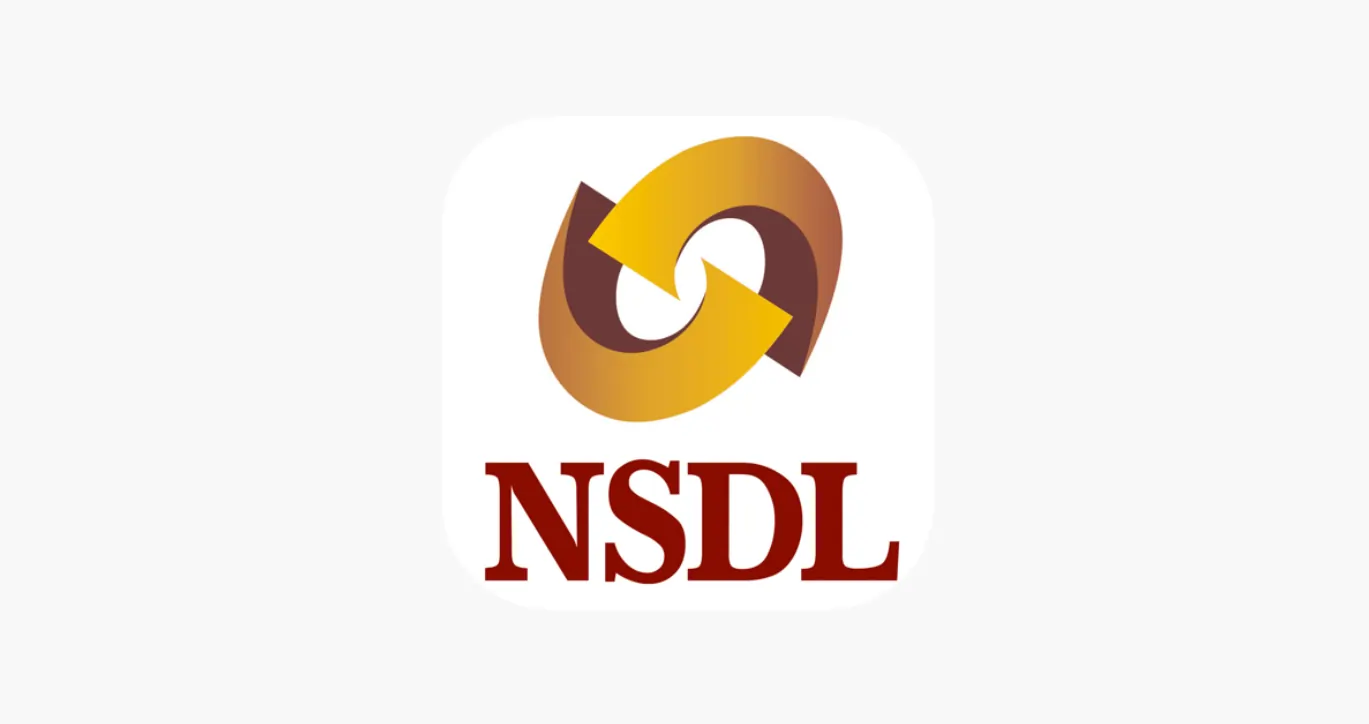
Learn how to easily download your NSDL CAS Statement in PDF format with our step-by-step guide. Follow our instructions to log in to NSDL e-Services, download your account statement, and subscribe for
Read Full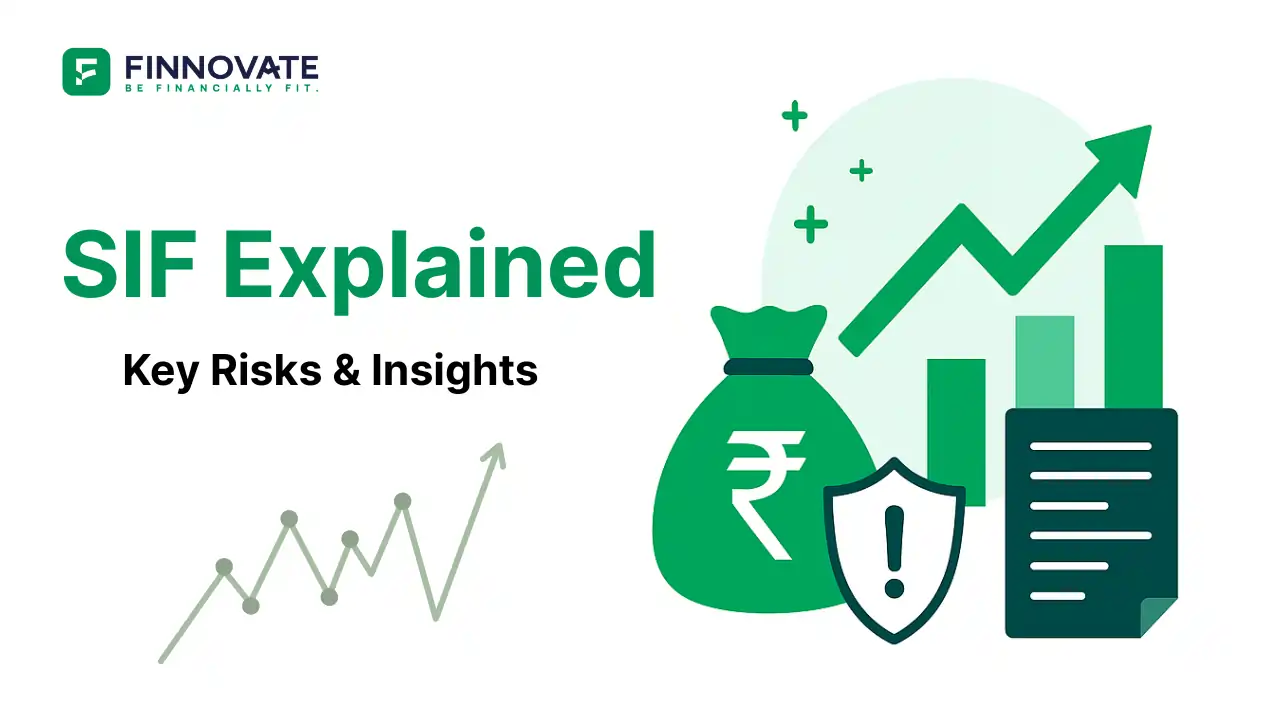
Explore what Specialised Investment Funds (SIFs) are, their benefits, taxation, minimum investment, how to invest, how they compare with mutual funds and PMS and latest developments in SIF space
Read Full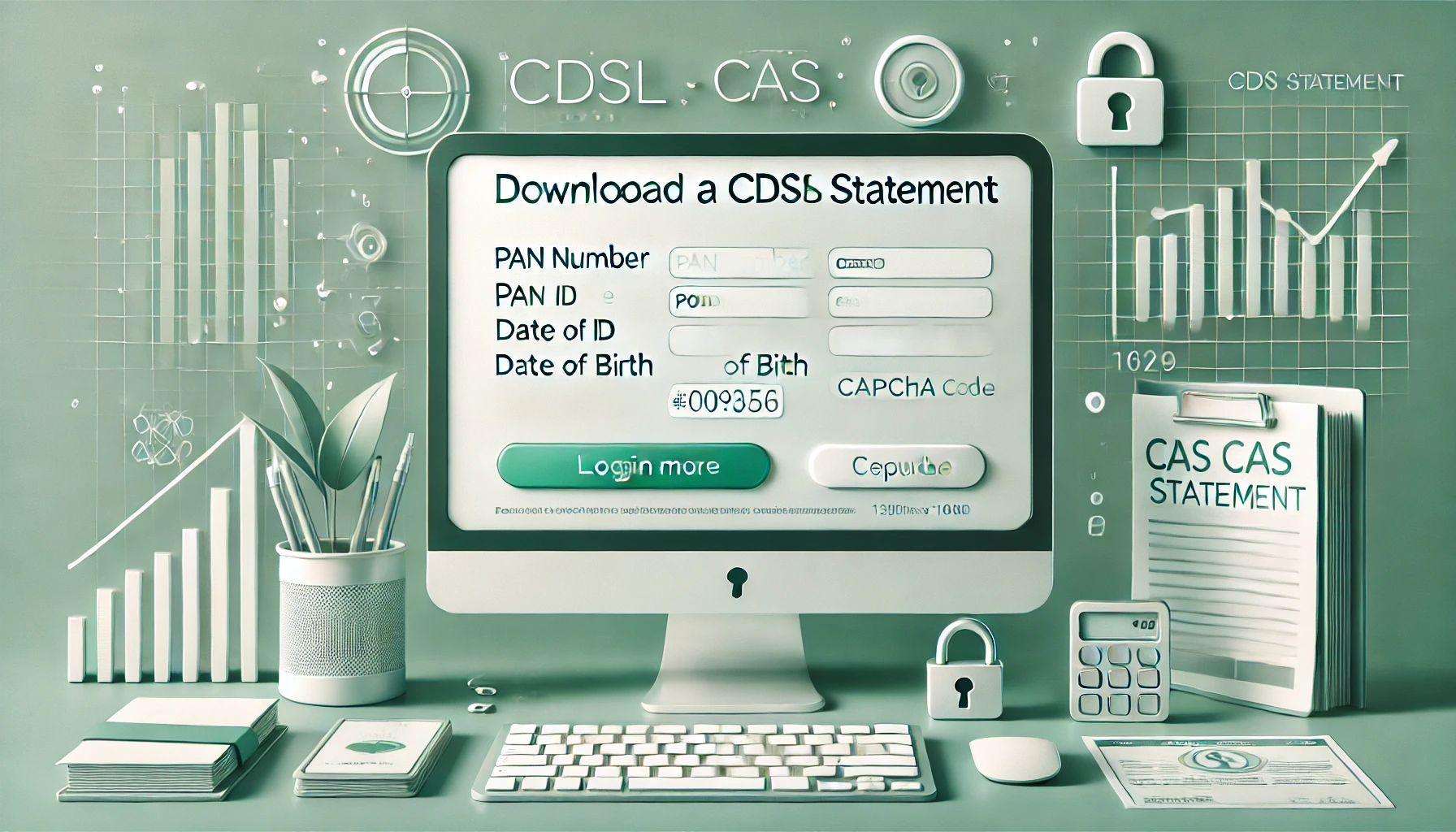
Learn How to Download Your CDSL CAS Statement with our step-by-step guide. Easy instructions for accessing your investment details online.
Read Full
Analyzing the potential economic impact of the 2025 India-Pakistan conflict on India's GDP growth, manufacturing sector, and foreign investment.
Read Full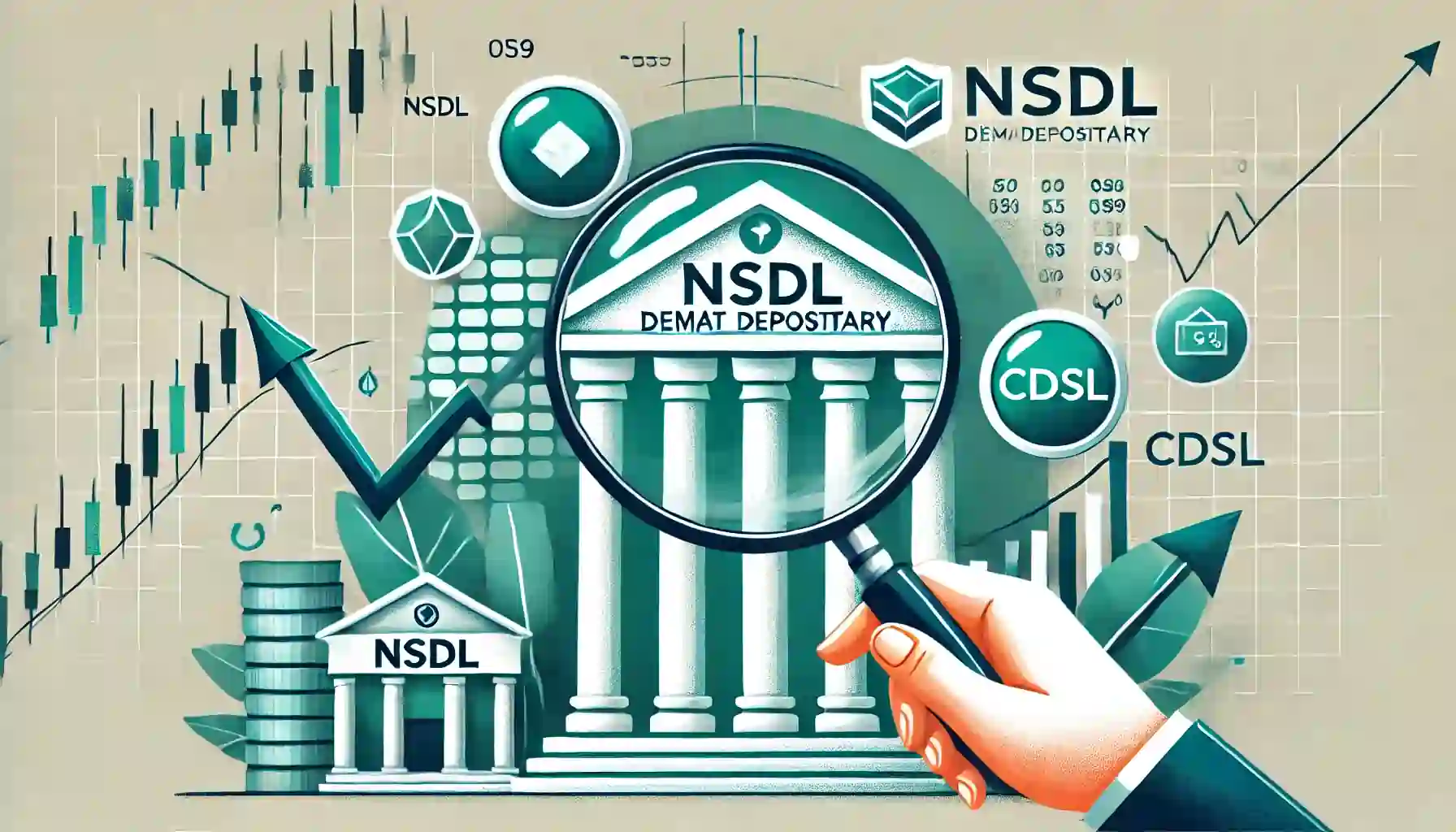
Determine if your Demat Depositary (DP) is NSDL or CDSL easily. Follow our guide to check using broking platforms or Demat account number formats
Read Full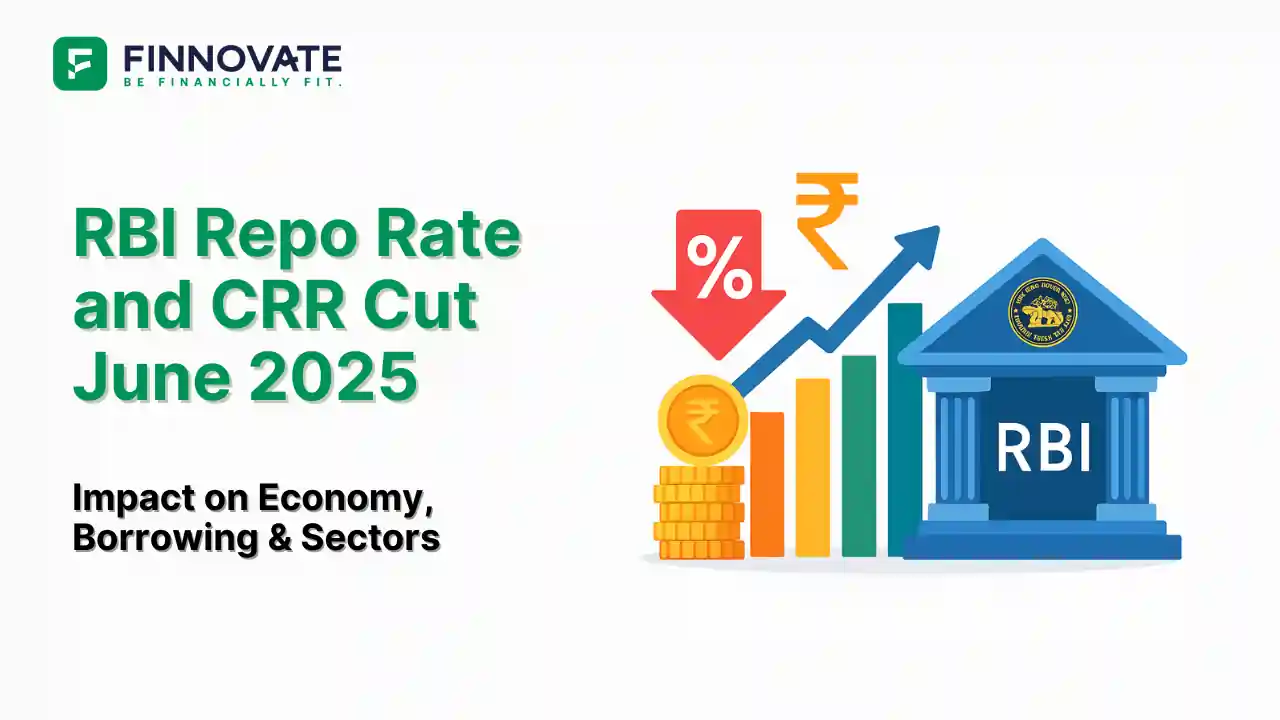
RBI cuts repo rate by 50 bps and CRR by 100 bps in June 2025 to boost growth. Learn how it impacts inflation, borrowing, sectors, and market trends.
Read Full
Looking for the best financial freedom books? Here’s a handpicked 2025 reading list with summaries, why to read, and who it's best for.
Read Full
Discover key facts about Ola Electric IPO launching in 2024. Simple guide covering business, financials and investment potential.
Read Full